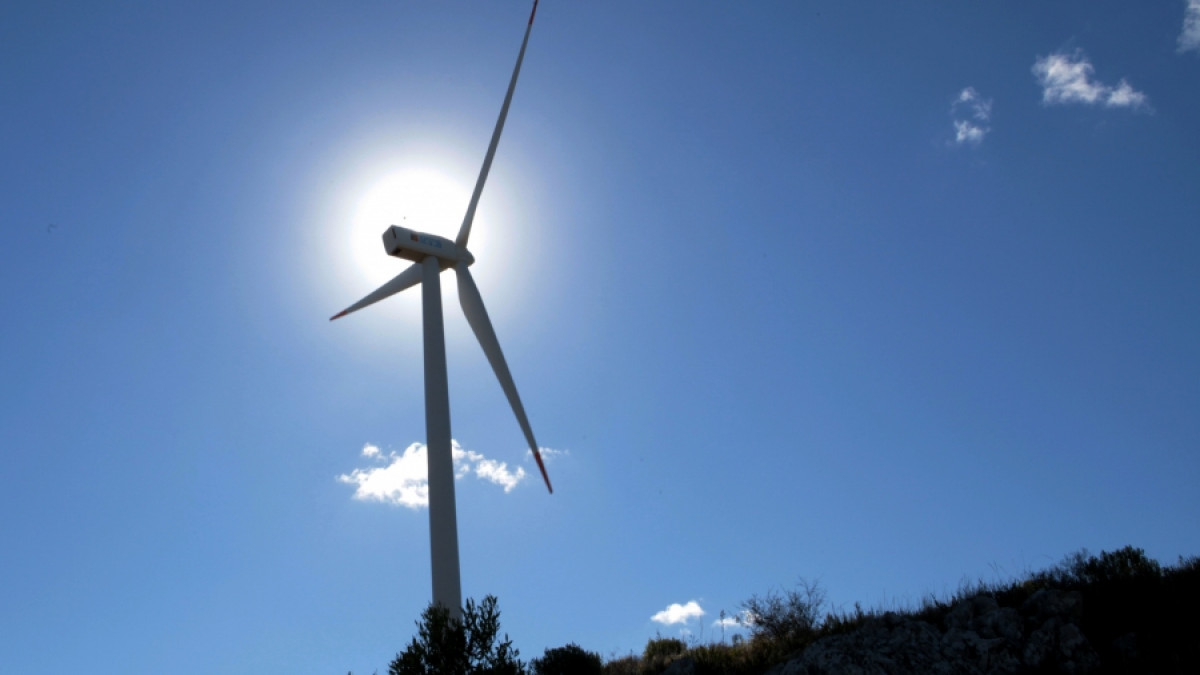Energy: The Invisible Power that Enables Development
By the end of last year, the Inter-American Development Bank (IDB) published an analysis report on energy in Latin America and the Caribbean. The most outstanding fact revealed by the report is that in 20 years the energy demand in the region will increase by 100%.
To meet this demand, huge investments from governments will be needed, as well as the support of development banks.
Nonetheless, the good news is that non-fossil fuels and other renewable sources of energy shall satisfy much of this demand. The IDB believes that less and less fossil fuels shall satisfy future demands.
The investment required to generate the additional 408 GW demand pointed out in the report is of 24 billion US dollars. According to the report, the increase in demand will not only be generated by industry’s and households’ requirements, but also by the increase in the number of electric vehicles in our streets and highways.
Based on the available data on this subject matter for the five FONPLATA member countries (Argentina, Bolivia, Brazil, Paraguay, and Uruguay), I can see that, in general terms, the energy grid is already facing the future: power generation is focused on reducing the impact on the environment.
In Argentina, natural gas represents more than 50% of the energy grid, and there is high potential to add wind energy. Regarding Brazil, 50% of its energy grid is made up by renewable sources due to the production of ethanol.
Bolivia, in turn, having installed thermoelectric power plants that use its enormous natural gas resources, has 70% of its energy grid based on that source of power. Hydropower and alternative sources of energy provide the remaining 30%.
In the case of Paraguay, 57% of its energy comes from hydropower and more than 20% comes from biomass. The country has great conditions to increase the participation of renewable sources, such as solar energy, wind energy, and natural gas.
Uruguay aims at reaching a position in which almost 100% of its energy grid is based on renewable sources, setting an unparalleled model in the world.
Currently, hydroelectric dams provide almost 60% of its electric power, wind farms provide 25%, and biomass and solar energy, 15%. The use of more renewable energies has been planned by including the use of natural gas.
Committed with the generation of clean energy, FONPLATA works to provide funding for development projects. This is reflected in the agreements that we have signed with the Agence Française de Développement (AFD), the German KfW, the IDB and the New Development Bank (NDB, established by the so-called BRICS – Brazil, Russia, India, China and South Africa).
Certainly, we do not forget one of the pillars of our work, i.e., to bring development to locations such as rural areas and border regions that are never reached by larger plans or funding from big banks.
Thus, for instance, we support in Bolivia the program “Harvesting Water, Spreading Light”, which aims at supplying drinking water and electricity generated through photovoltaic solar panels to 45,000 households in the poorest and most isolated areas of the country.
By the end of last year, we signed a 70-million-US-dollar funding agreement with Paraguay to build an electrical substation in the city of Valenzuela, which will generate 50 kV more to reinforce the country’s grid reliability.
In several medium-sized cities of Brazil, we are engaged in renovation projects to, among other things, improve street lighting, especially in squares, parks and other leisure and sports areas.
In the Argentine province of Jujuy, we are currently analyzing the possibility of funding a 10 MWe concentrated solar power plant with the purpose of diversifying the grid of renewable energy by taking advantage of the great solar resource of the province, and supporting the national goal of using 20% of renewable energy by 2025.
As we mentioned in the beginning of this article, an important increase in the energy demands will take place in the next years. Thus, in FONPLATA, we are willing to continue deepening our vocation of bringing development to the farthest locations, while keeping our commitment with the environment.
Considering these developments and working together with the governments of our member countries, I strongly believe that in the near future we shall have all that invisible energy that enables development.
Text published in Juan E. Notaro’s monthly column in the Huffington Post.
06/01/2019

